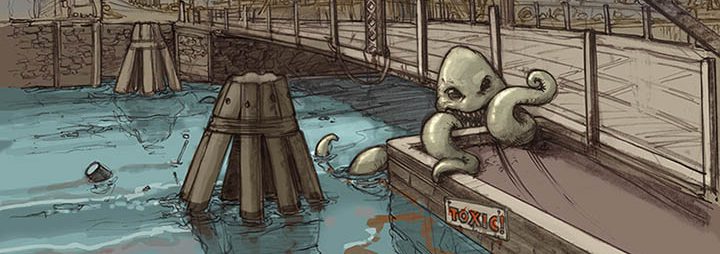Gerald Altman Library Report 2
I renamed it like you suggested. Hopefully this works now.
Sorry for all this work,
Gerald Altman

Gerald Altman Library Report 2
I renamed it like you suggested. Hopefully this works now.
Sorry for all this work,
Gerald Altman
I could not find find the original, so I decided to re-upload it instead.
Sorry for the inconvenience,
Gerald Altman
Watching the movie, I would say that I have to agree with Jane Jacobs on how we need to design cities and buildings from the perspective of the streets instead of looking at design from up above like Robert Moses. If you don’t consider the people who already live there and what it looks like from their perspective, you can end up destroying neighborhoods and create cultural divides like what happened with the Cross Bronx Expressway. Doing so also risks needlessly destroying important local institutions like the Washington Square Park. Robert Moses’s blatant disregard for the people who lived in the locations, even with protests, seems almost unjustifiable. While it is true that sometimes you must consider the city as a whole, disregarding the existing structure causes needless problems that don’t need to exist. While there is nothing inherently wrong with trying to develop bigger and more advanced areas, careful consideration of how people will react to the developments, and its long term changes it will cause, before trying to implement them. The key is to develop without destroying what is already there, by listening to the community and figuring out what they want and what they wish to keep. This is why listening during group meetings is important: if people voice their opinion and people listen, then development can only be beneficial.
From the movie, I was surprised at how callous and uncaring the developers could be towards the population of people. The fact that developers had so much control, and gave so little to the people of the world, was honestly shocking, and the fact that the city, despite listening to people so they would not be harmed, agreed to go through with this and ended up with little compensation. The thought that zoning and new developments could have such a large impact on the surrounding area was horrifying. It seemed that despite residence doing everything from protests to alternate suggestions on how to renovate areas only to be ignored makes me wonder if there is any way for the people to have their opinion taken seriously. It feels like those in power can completely ignore the feelings of those who were directly affected by their decisions. I must wonder, though, how up-to-date this movie is. As of now, Bloomberg has been removed from office and been replaced with de Blasio, who doesn’t seem to have as many corporate ties as he did. Because of that, I hope that these developmental uplifts are less frequent than they were in the past.
Once of the many things that impressed me the most was the Old Stone House in Joseph Alexiou’s speech. No matter how many times it came up, it always seem to come up again in another fashion. As a result, I found it fascinating that a single, apparently unimportant building kept returning for more information.
The earliest mention of the Old Stone House was when it was built, back in 1699. Being the first “hardy build” house in New York would be quite an accomplishment, and would therefore be considered the first true building of New York. Being mad of stone would be a huge help, as it would also be more resistant to wear that the wooden houses would also have.
Going into the detail of how the water almost submerged the Old Stone House was also an impressive image. The thought that they were so close to destruction, only to end up taking advantage of it by making a small river path by going from it to other water pathways gave insight to how high the water reached, much more than what is typical of today. It also showed how insightful the people who lived in the house were, being able to take a near disaster and making it so they can sell their goods and services even when it wasn’t quite as powerful was impressive. Last but not least, it made a somewhat humors image in my mind. Being able to go from near disaster to suddenly making it into an advantage was an impressive feet to me.
The Fact that the Old Stone House also was the site of a failed revolutionary battle was also a highlight. While we did win the Revolutionary war, hearing about a failed battle is rare due to how we would rather focus on our victory, and offers an interesting perspective on things. Having a group of heroes known as the Maryland four hundred use the stone house to provide cover for the six thousand retreating troops form the Brittan’s twenty thousand redcoats gives an amazing imagery, even if it was that of Americans losing a battle.
Lastly, the Old Stone House being bought out for land development to help build the Gowanus made it seem like it just kept coming back. Being part of the development that would go on to be used as the site where the Gowanus Canal was developed and made to try and entire people to develop the area showed me that the Old Stone House was here to stay. I sincerely doubt that a single building in the Gowanus area has more importance than this single building.